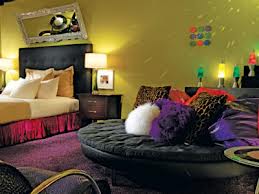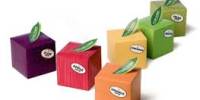It is essential to design a service that meets or exceeds the expectation of its customers. Therefore, hotels service providers must have an idea not only of what customers want but also of what they actually experience during their service encounters. In the high contact service environments typified by most people-processing services, most customers arrive at a service site with certain expectations. Their subsequent behavior, however, may be shaped by the nature of the physical environment; the employees they encounter, the sequence in which different activities take place, and the roles that they6 are expected to play. Recent research suggest that customers’ expectations are continuously updated during the course of a service encounter, with final evaluations of service quali8tybeing heavily based on these updated expectations rather than on the expectations held before the encounter began.
Mid level managers and service employees are often unaware of the full extent of a typical customer’s service experience. One of the most effective ways to gain insights into customer behavior during service delivery is to create a description, in sequence, of the steps that customers employees must go through in a given service environment. These steps can be shown visually using flow charts. Here, we examine service processes in more detail. By depicting each of the contacts between customers and a service provider, flowcharts can highlight problems and opportunities in the service delivery process as it affects those customers-what we call frontage activities.
Stages of a Customer’s Stay in a Hotel
Let’s illustrate the following sages with a simplified model of a service to which most readers can relate fairly easily: a stay at a hotel. As with many services, the customer’s first encounter with a hotel involves a supplementary service rather than the core product (which is basically rental of a bedroom for a night’s sleep). The initial step, for most business travelers, is to make a reservation. This may be taken some time before the visit actually takes place.
On arrival, guests traveling by car will need to park the vehicle in the hotel’s garage (perhaps a valet will do it for them). The next step is to check in at reception, after which an employee who carries the bags may escort guests to their rooms. Already, four supplementary services have been delivered before a guest even reaches the room. Before retiring for the night the core service a guest may choose to use several more services, such as dinner at one of the hotel restaurants and watching a pay-TV movie. After rising, the guest may request that breakfast be sent up by rooms service and then make some phone calls, before checking out at the cashier’s desk and asking a valet to retrieve the car from the parking garage.
This scenario depicts the customer’s experience. Note that the core product-a bed for the night-is surrounded by a variety of supplementary services. Some hotel guests might use more supplementary services; others might use fewer. A variety of activities are taking place backstage, too, behind the scenes; some of these are shown in these chart. In fact, each step in the front stage process is supported by a series of back stage activities, including assignment of stuff; maintenance of facilities and equipment, capture, storage, and transfer of information.
Many services are provided on an ongoing basis, such as utilities (telephone, gas water or electricity), Internet and cable or satellite TV, banking, insurance and professional association membership. In retail banking, for instance, once the account has been opened, service delivery can be charted as series of monthly cycles. Each month is slightly different, reflecting the frequency with which different services are used. Over time, changes in patterns might be observed, reflecting learning about new delivery system and life style changes that may require new types of financial services.
















